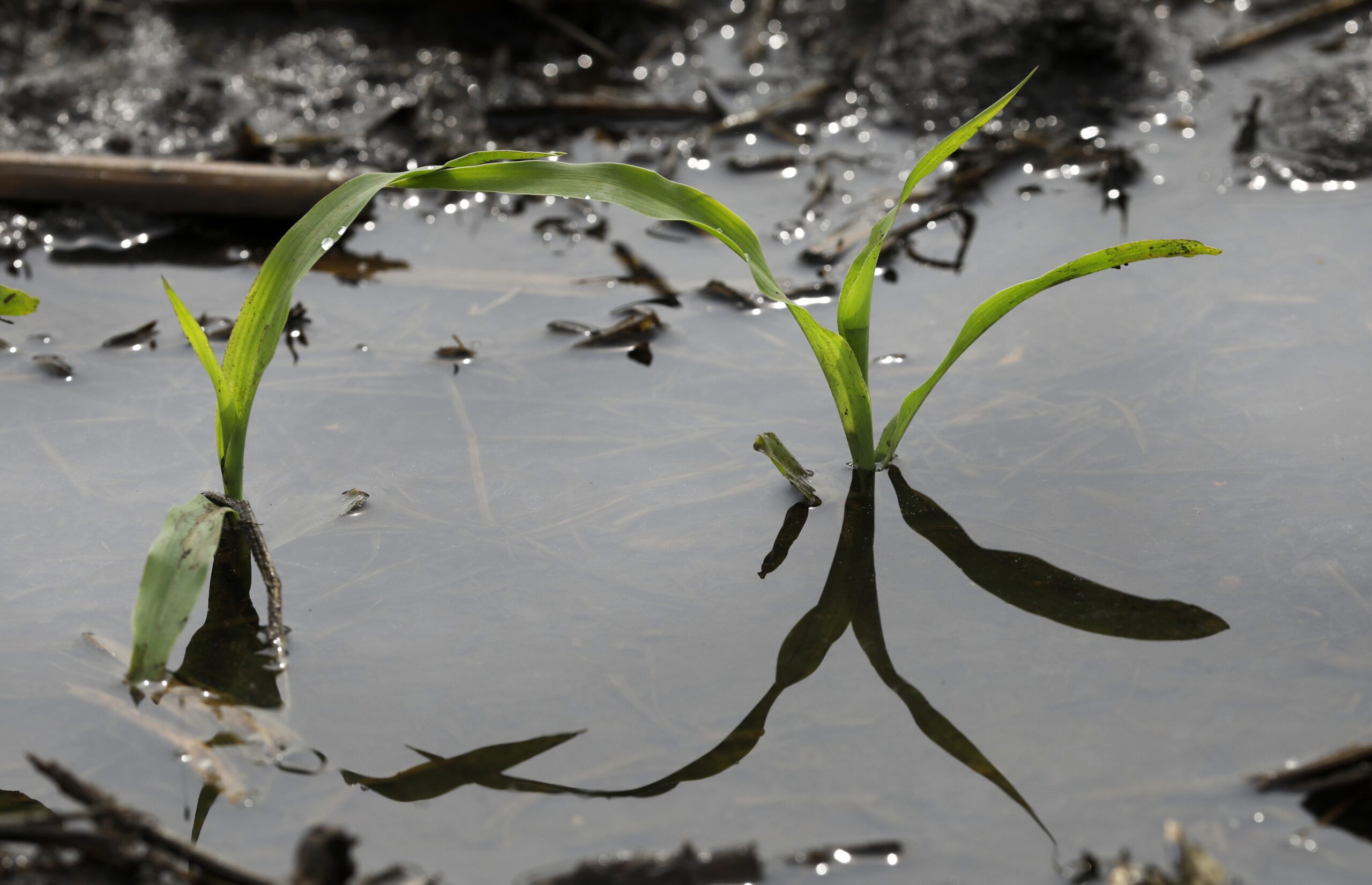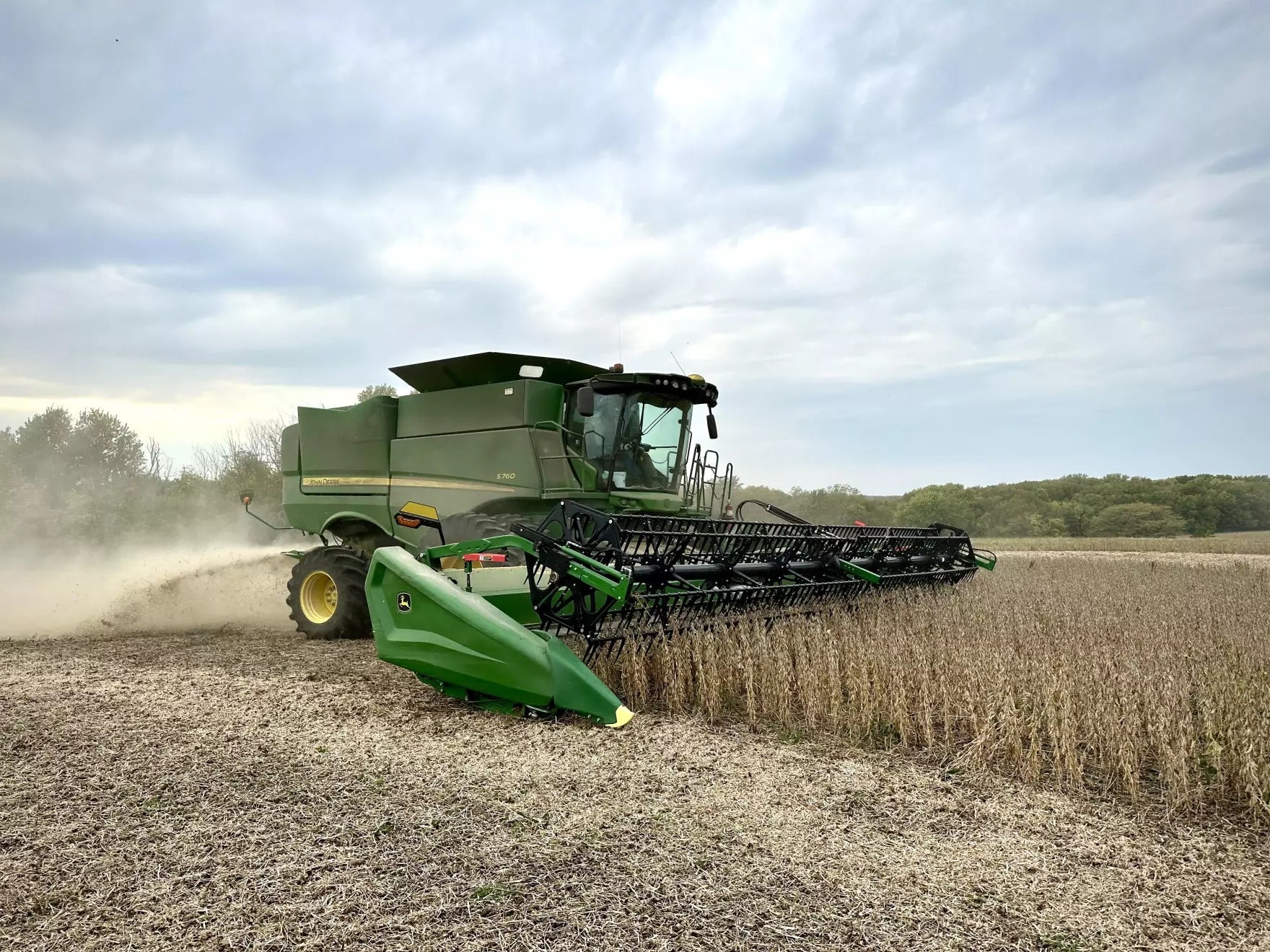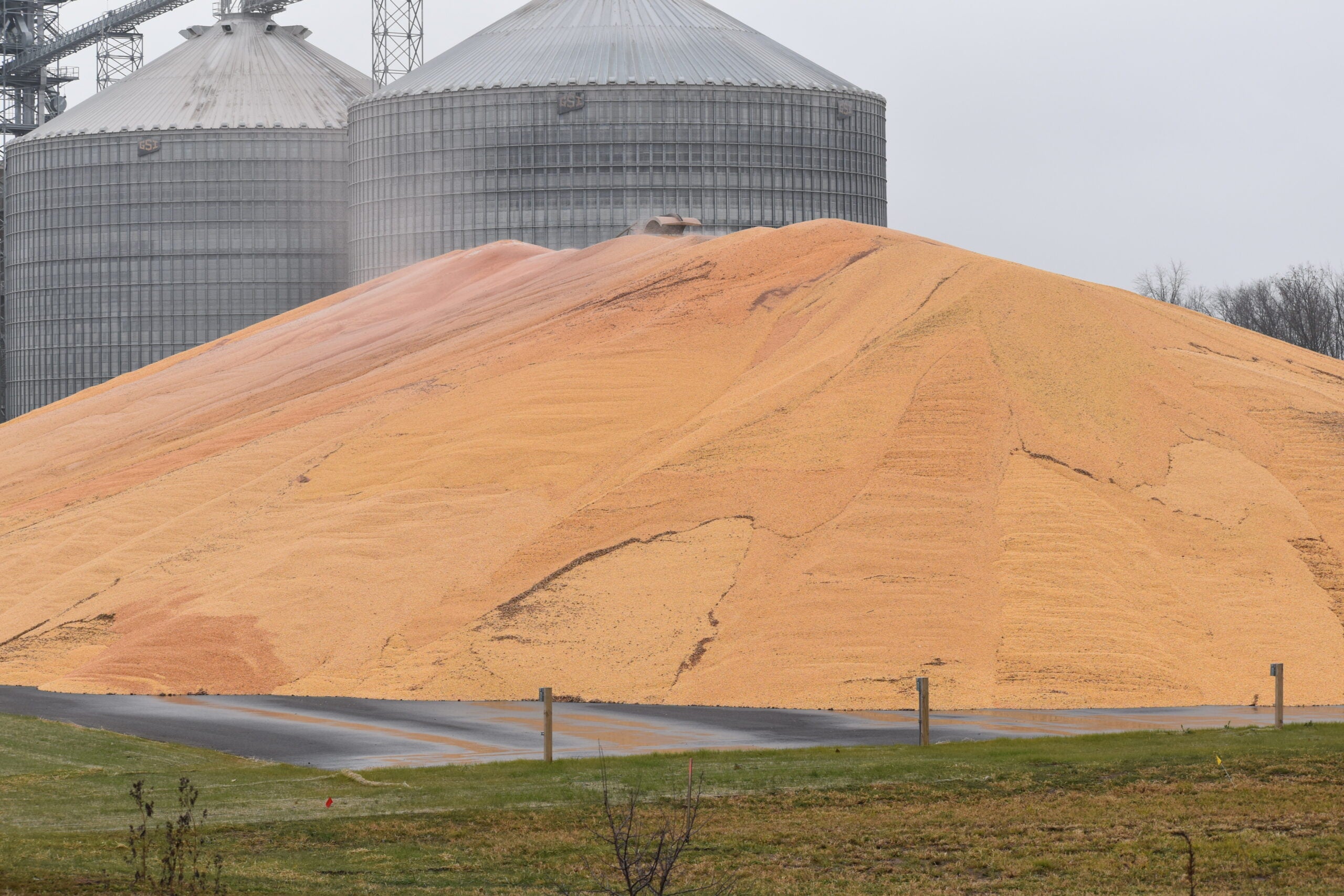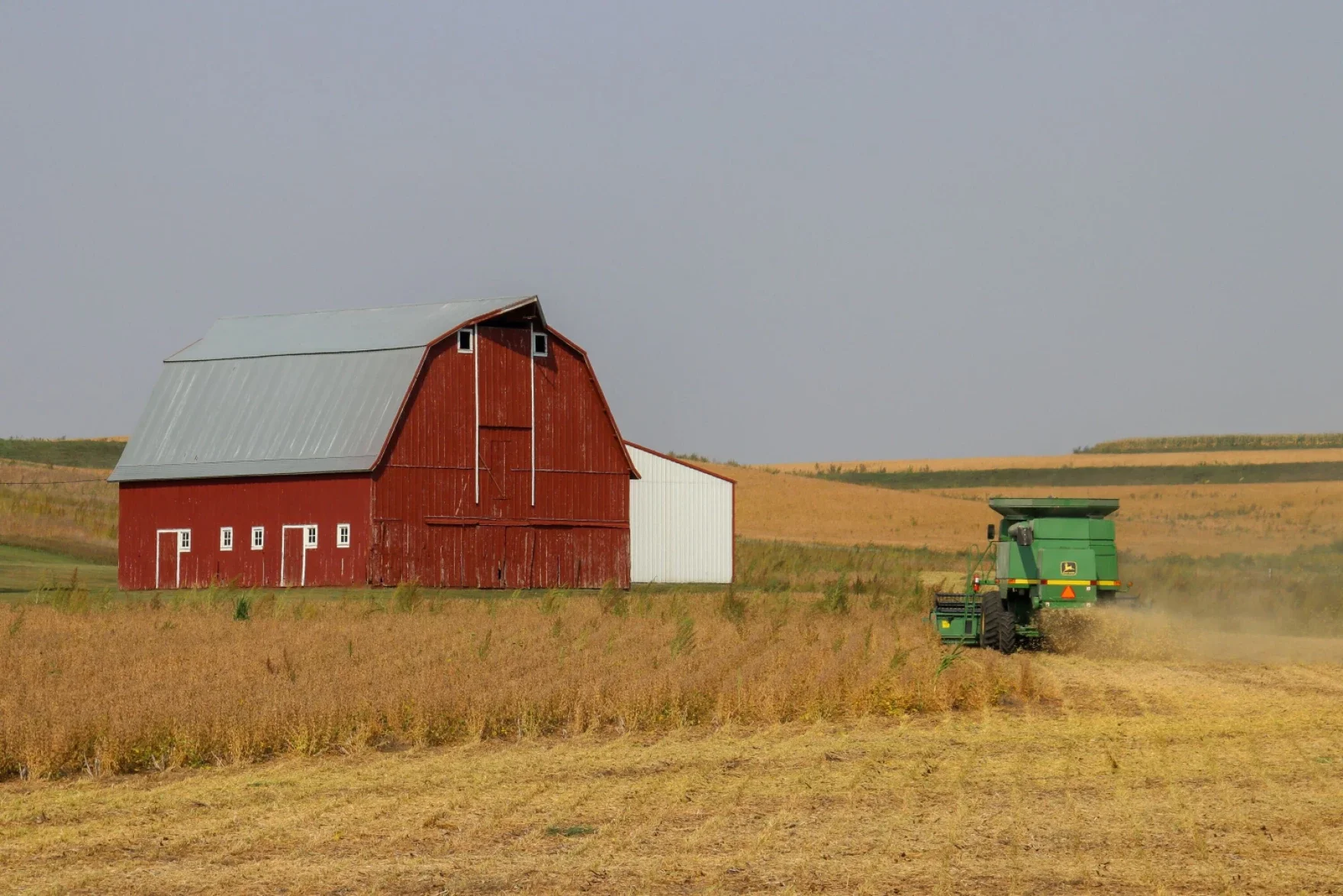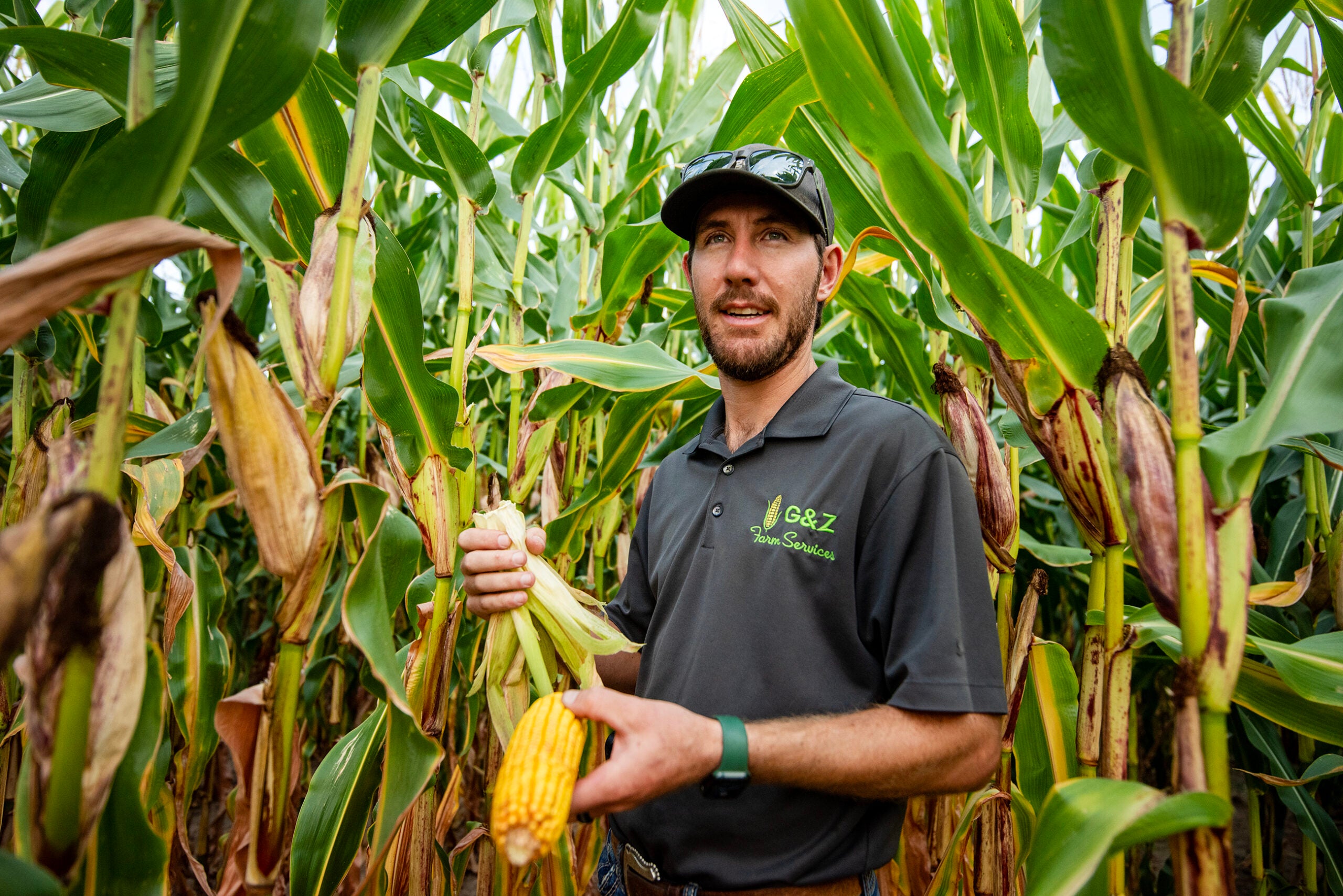As wet weather continues to delay planting, Wisconsin corn growers are facing tough decisions about federal crop insurance coverage or other agricultural subsidies.
Only 46 percent of the state’s corn acres have been planted, according to the latest crop progress report from the National Agricultural Statistics Service. That’s two weeks behind the five-year average of 82 percent of corn planted at this point in the season.
Doug Rebout is president of the Wisconsin Corn Growers Association and owns a farm near Janesville.
News with a little more humanity
WPR’s “Wisconsin Today” newsletter keeps you connected to the state you love without feeling overwhelmed. No paywall. No agenda. No corporate filter.
“I have never seen anything like this that I can remember in my years of farming,” Rebout said. “As farmers we’re used to every year being different and different challenges every year, whether it’s the weather or the economy … And this year, we’re just kind of getting hit big time.”
Many of the remaining acres may not be planted with corn if farmers can’t get in the fields before the federal crop insurance deadline of Friday for most of the state, Nick Baker, agriculture agent for University of Wisconsin-Extension in Rock County, said.
“We’re coming up on a deadline to decide what to do with these acres if we can’t plant corn; and unfortunately, we just don’t have a lot of information available for farmers to give them the best case scenario,” Baker said.
He said farmers can still choose to plant corn, but their insurance coverage will be reduced for every day after the deadline that a crop is planted. And late-planted fields could mean lower yields for farmers in the fall.
“We only have so many days to get the crop grown,” Baker said. “Right now, we’re losing about 2 percent of our yield potential every day that we can’t plant the seed.”
Some producers will be eligible for a payment from their crop insurance program for prevented planting. It’s meant to help offset the cost of not being able to plant their fields.
But Baker said recently announced tariff relief subsidies from the U.S. Department of Agriculture will likely motivate farmers to plant instead, even though the agency has yet to announce exactly how payments will be allocated.
“The little bit we do know, it sounds like you do need to plant a crop in order to get these payments,” Baker said.
Rebout said he doesn’t think growers have enough information about the new Market Facilitation Program to inform their planting decisions. He said farmers have already taken a financial hit after years of low prices, so they’re trying to find the best solution to pay their bills.
“(Farmers) have been getting loans and eating up equity on their farms,” Rebout said. “So if a farmer doesn’t get their crop in or they have low yields because they’re getting it in late, that’s going to be a big impact.”
He said lower corn yields this season will also impact the dairy industry, which relies on corn for feed.
“They’ll still get (corn acres planted), but they’re not going to get the quantity and quality in the fall of what they’re looking for and what they need to feed their animals,” Rebout said.
Baker said a short supply of corn would have a positive impact on corn prices, which have remained low because of a record amount of corn from previous seasons in storage.
But higher corn prices will be another burden on dairy farmers struggling under low milk prices.
“Dairy farmers can’t afford to pay more for feed,” Baker said. “We kind of have a forage shortage already, so they’re short on hay, a lot of them, and that price is already through the roof right now. So adding a higher feed cost, soybean meal and protein and grain would further make things tough for the dairy farmers in Wisconsin.”
Baker said the corn acres that have been planted in the state are in poor condition because temperatures have remained low. With just under half of the soil in the state at surplus moisture, he said farmers need a gradual warm-up to prevent damage emerging crops.
“If it suddenly turns hot and dry, our soils could really turn almost like concrete especially the high clay-based soils,” Baker said “They get really hard, really fast and the crop just can’t grow through that.”
Baker said farmers will be racing against the clock this year to get crops matured and harvested before the first frost in early October.
Wisconsin Public Radio, © Copyright 2026, Board of Regents of the University of Wisconsin System and Wisconsin Educational Communications Board.
